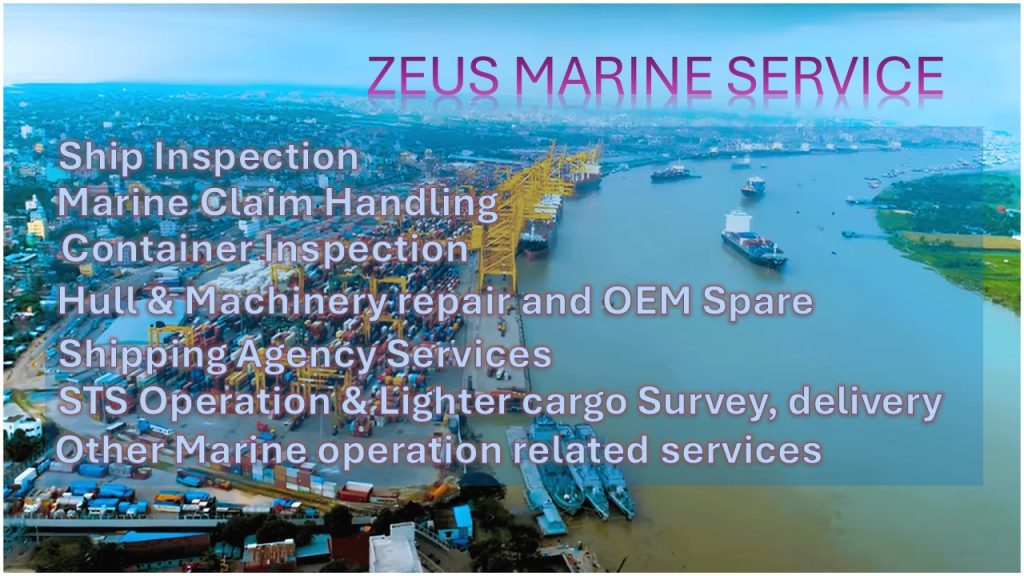Hatch Cover Testing
All successful businesses depend on the trust of their customers and this is no different within the shipping industry. Your customers want to be assuered from you as you being the vessel Owner, Charterer or Ship manager that when their cargo is delivered it will be in good condition.
But this is an industry-wide problem. Over 40% of P&I claims result from goods being damaged by water ingress through hatch leakage.
By making sure you take the state of your hatches seriously and deliver cargo as promised, Marine Service can ensure you that we are the cargo industry leader trusted by our customers..
Finding the weak spots in vessel’s hatches is no easy feat, but Marine Service has made it simple. With groundbreaking ultrasound technology, hatch testing couldn’t be any easier or more cost-effective, surpassing traditional hatch testing methods that are time-consuming.
Trust us to keep your hatches watertight so your customers can trust you too.
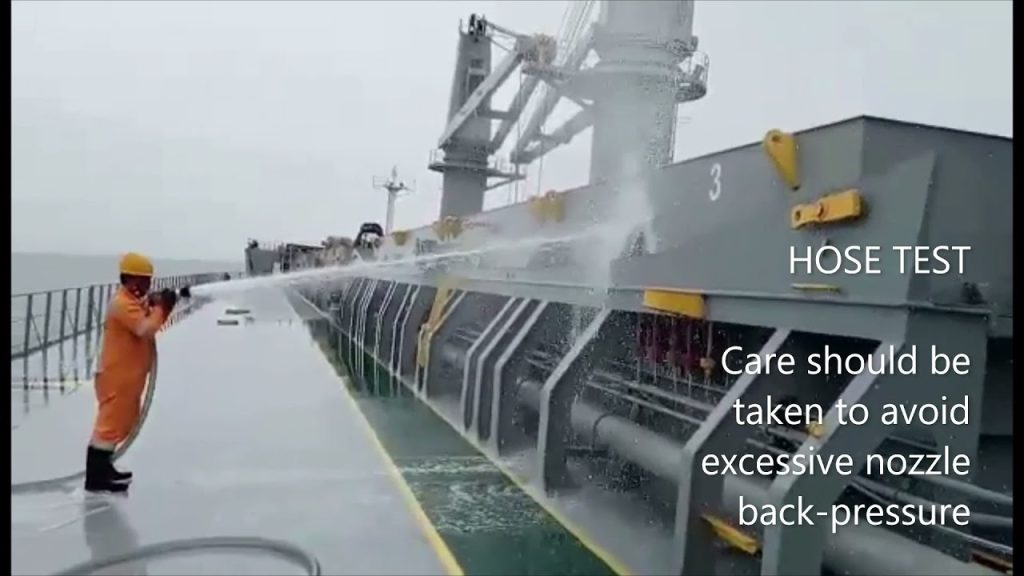
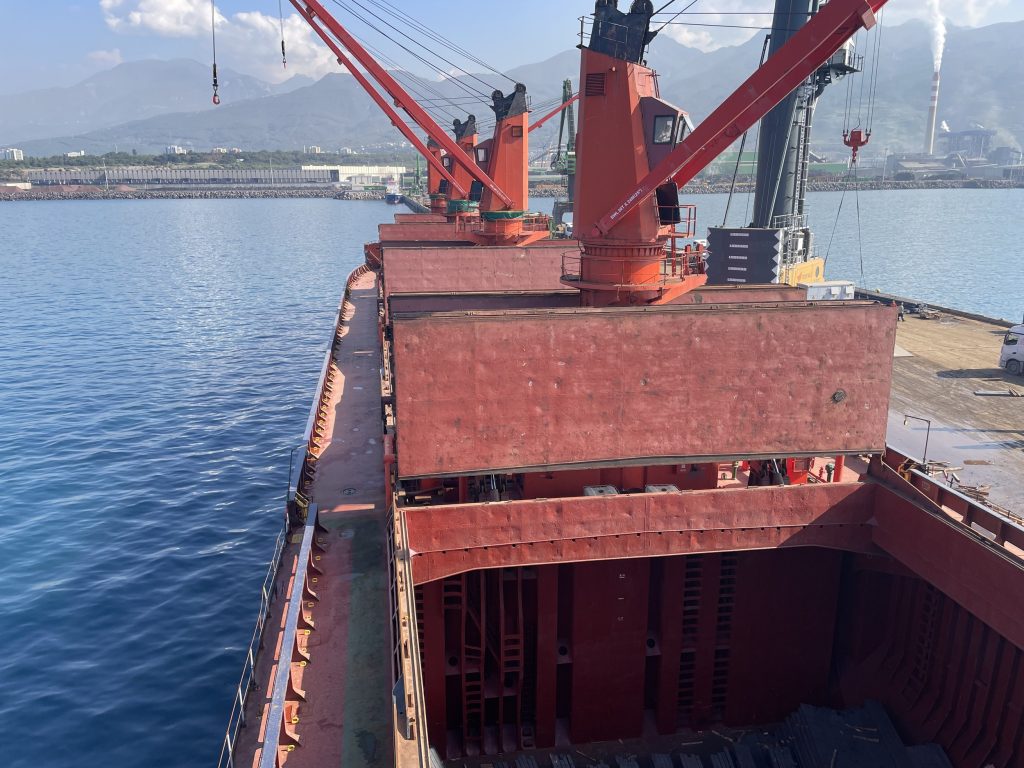
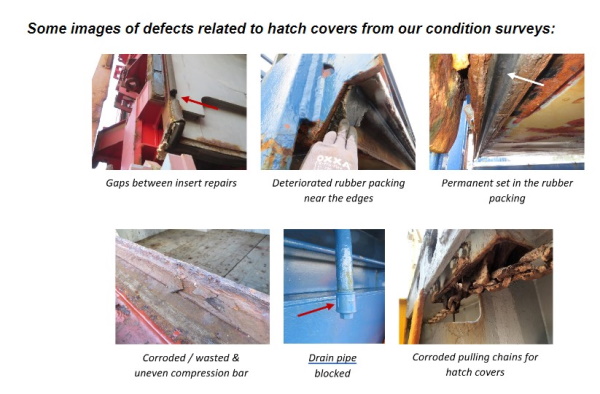
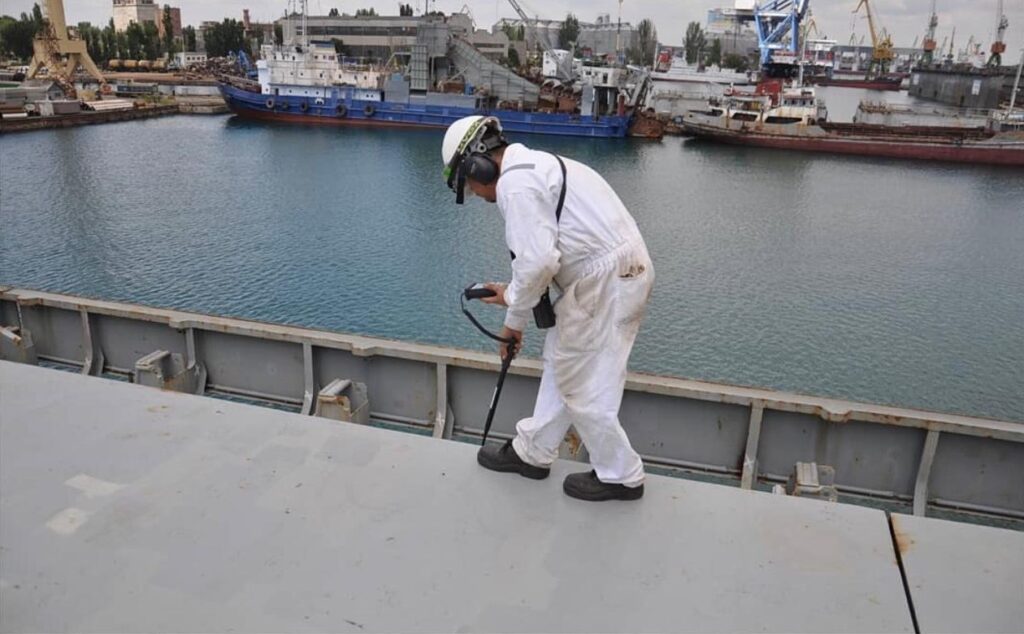
Hatch Cover Testing FAQs
Below are our customers’ most common questions about hatch covers. If you need to know more, please contact our friendly team.
Why is hatch cover testing important?
Over 40% of P and I claims are down to damage from leaky hatches. This not only damages your reputation when it happens but takes huge chunks out of your profits costing the industry around $46.9m USD per year.
Profits dwindle through claims and the inevitable repairs you’d need to do your hatches to stop the leaks.
Neither of these sources of losses is unavoidable. Investing in hatch testing inspection can stop these problems from occurring. Picking up the smallest of leaks (which, if left will just get bigger and bigger, costing you more down the line) will save you money and stress.
What’s the legal requirement for hatch covering tests?
While it’s helpful to you as a business to ensure your hatch covers are in perfect shape, it’s also a requirement by regulation.
The consequences of poor hatch upkeep are not just economical but also for safety. Poor hatch maintenance can lead to cargo liquefaction that, in a worst-case scenario, can cause a ship to roll without recovering.
With these dangers in mind, it’s a legal requirement by SOLAS to maintain your ship properly, including your ship’s hatches. Your hatch covers are also subject to annual inspections.
With all the headaches of not maintaining your hatch covers appropriately, there’s no question that it’s a priority. Let Marine Service make it simple and cost-effective to keep all your hatches watertight with our expertise in hatch cover testing.
You’ll not find a more efficient and cost-effective service anywhere else on the market. We know we’re the best at what we do, so let the best help make you be the best.
What are the methods of testing hatch cover?
Various methods can be used to test a vessel’s hatch covers such as light test, chalk test, air test, putty tests, moulding tests, hose tests and ultrasonic tests (UST). UST tests are now the most reliable and widely accepted method, but hose tests are still used extensively – partly because shipowners claim that UST tests find too many leaks but that’s another story!
The below procedures are the most common ways of testing;
1. Chalk testing
This is where chalk is placed around the perimeter and then the hatch sealed. When it’s reopened, where there is still an impression of chalk these areas are likely not watertight and a place of leakage.
2. Hose testing
Water is sprayed from a hose from 1-1.5 meters away from the cover joints to make a visual observation if there is any leakage. This requires that the hold be empty which is not always practical.
The main issue with the hose test is that the results are only applicable to the static vessel as the flex needed by the hatch and coaming structures while the ship is at sea isn’t allowed for. The contact between the rubber packing and the compression bars when the ship is in motion and subjected to the forces of wind and waves isn’t tested.
Your issue here is that you can’t gauge the compression being achieved by the steel to rubber contact, so you’re clueless on the watertight integrity when the ship is moving – until you’re looking at a compromised hold full of wet paper, steel roll or worst case scenario liquefied cargo like coal.
3. Ultrasonic testing
An ultrasonic sensor from an ultrasonic device inside a sealed cargo hull tests the compression joint and any low-pressure area to uncover any potential areas for leakage.
How do you secure hatch covers?
Hatch covers are secured with either manually secure hatch cover cleats or hydraulically operated cleats or wedges. Manually secure the cleats is more common on older vessels.
How do you conduct cargo hold test?
The best way to conduct a cargo hold test is to use an ultrasonic hatch cover tester.
You place an electronic signal generator within the cargo hold and you can measure any areas that are not secure with a receiving sensor.
Why Use Ultrasonic Testing For Hatches?
The benefits of UST testing are extensive which explains why it is by far the most popular hatch testing choice. The ease of testing is one of the core benefits – when you’re fighting tight loading and dispatch turnarounds in dock, time is of crucial importance. So having to remember to fit in a hose test when the hold is empty is a challenge you could do without – and then you have to spent a significant amount of time to do the hose test.
Not only are you saving crucial time, but there are also other factors which make UST a much easier solution;
- Ultrasonic testing enables the location of leaks to be pinpointed quickly and accurately. After the test, it is imperative to conduct a visual inspection to determine the reason for leakage and thereby determine the appropriate remedial action.
- UST tests can be done with full cargo – the cargo levels don’t impact the test
- The test can be conducted and trusted even in sub-zero temperatures
- The test takes minutes to conduct so the time saved vs other methods is significant and tangible
- Leakages can be accurately pinpointed immediately
- Results from successful tests are reliable and accurate – immediate feedback from the equipment will alert you to a failed test so you simply do it again within minutes
- No pollution or impact on other parties so you won’t have limitations such as port authority restrictions placed on you – the test can be conducted anywhere
- Only one person needed to conduct the test
- This test can be conducted in all states of transit – meaning no time is lost from other operations to do the UST tests.
- The test results are widely accepted (and often requested) by insurers and authorities

